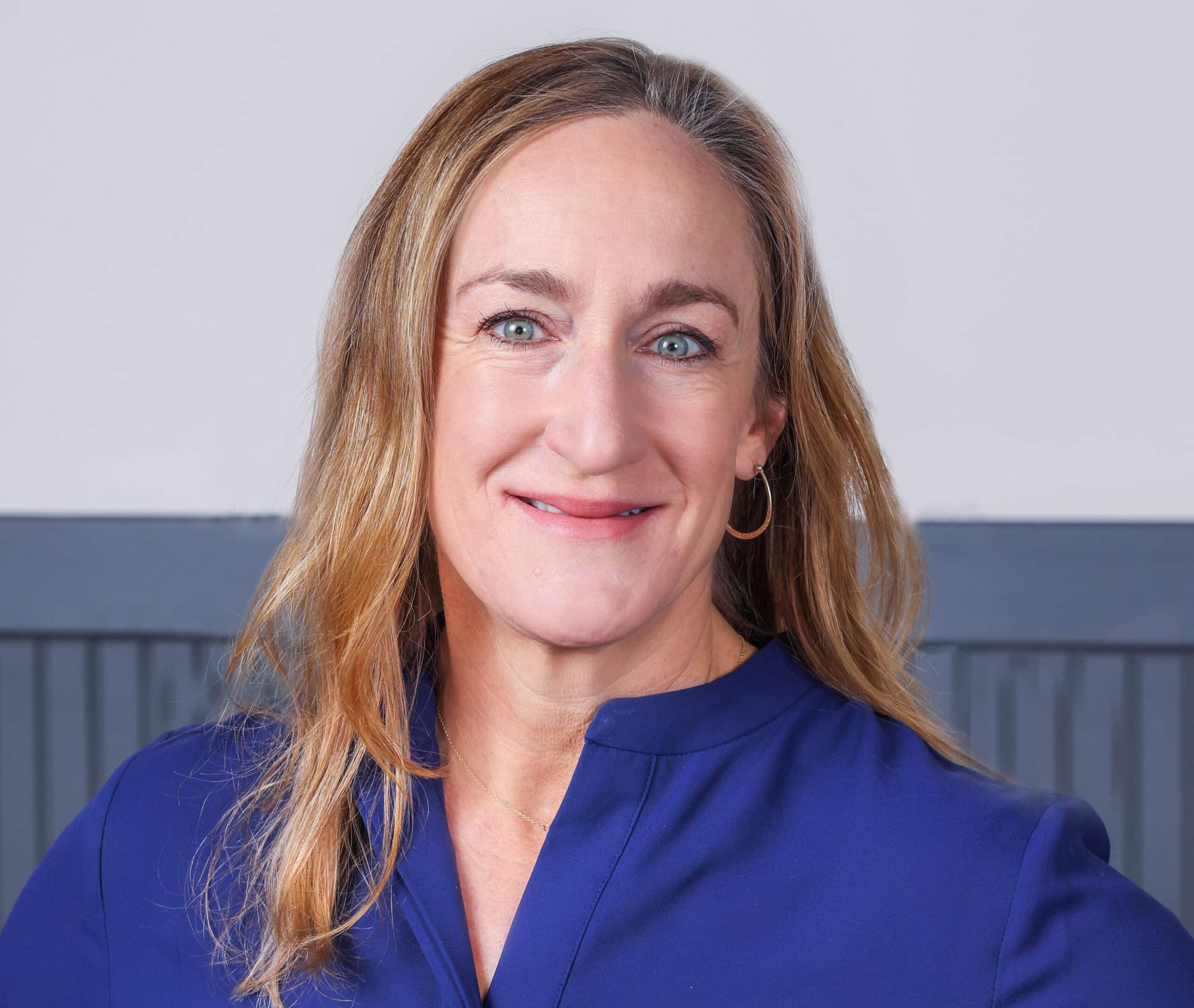BlackRock’s guidance to its portfolio companies shapes corporate ESG strategies, because (1) BlackRock is often a company’s biggest investor, and (2) other investors often follow BlackRock’s suit. In BlackRock’s Real 2022 Expectations, Part 1, I laid out why companies should read beyond the headlines in Larry Fink’s letter to portfolio company CEOs. At Adamantine, we are advising our clients to look more deeply at some of the subtler elements of the letter and combined 2022 guidance in the BlackRock Investment Stewardship: Proxy voting guidelines for U.S. securities, BlackRock Investment Stewardship: 2022 Policies Updates Summary, and BlackRock Investment Stewardship: Global Principles.
Bottom line: While BlackRock’s stance on sustainability keeps revealing nuance, it’s wishful thinking to assume that nuance means anything less than BlackRock’s continuing strong commitment to strategy, reporting, and disclosure requirements in response to climate change. Game-changing leaders recognize this continues to influence investor expectations of their companies.
Both of these things are true
- The Fink letter embraces the complexity of the transition, stating that during the transition to net-zero emissions, “traditional fossil fuels like natural gas will play an important role both for power generation and heating in certain regions, as well as for the production of hydrogen.”
- BlackRock’s global head of stewardship, Sandy Boss, sits on the board of the Institutional Investors Group on Climate Change (IIGCC), of which BlackRock is a member. IIGCC recently pushed back on the European Union’s inclusion of natural gas in its list of sustainable investments in an open letter, saying the taxonomy as drafted “would seriously compromise Europe’s status as a global leader in sustainable finance, potentially triggering a ‘race to the bottom.’”
BlackRock has a large ability to hold contradictions while still maintaining a clear direction — and that direction means increasing pressures on its portfolio companies — and almost certainly your company at some point.
(Wondering what these pressures mean for your company? Check out our latest research report, Leader, Fast Follower, or Left Behind? Charting Your ESG Position.)
The situation
Two areas — expectations for boards of directors, and climate strategy — present the most targeted opportunities for Adamantine’s clients to focus their attention. Let’s first look at how BlackRock is advising its portfolio companies’ boards of directors to evolve.
- Diversity. BlackRock encourages its portfolio company boards in the United States to strive for 30 percent diversity of membership, with at least female two directors and one identifying as a member of an underrepresented group. A BlackRock warning to heed from its proxy voting guidance: “[W]e may vote against members of the nominating/governance committee for an apparent lack of commitment to board effectiveness.”
- Diversity disclosure. BlackRock is asking boards to disclose:
- Aspects of diversity relevant to its business and how the diversity characteristics of the board align with goals and strategy of the company
- How candidates are identified and selected, including whether a diverse slate of nominees is identified
- Independence. As anticipated in our special report on the 2021 proxy season, BlackRock expects a majority of directors on the board to be independent and states that all members of key committees should be independent as well.
- ESG risks. BlackRock also expects boards to have an established process for identifying, monitoring, and managing material ESG risks. Its proxy voting guidance states: “In the absence of robust disclosures, we may reasonably conclude that companies are not adequately managing risk.”
And climate strategy planning and disclosures continue to take a central role in BlackRock’s expectations of portfolio companies.
- Disclosures. BlackRock encourages companies to disclose in accordance with the Task Force on Climate-related Financial Disclosures (TCFD) framework and publishing metrics aligned with Sustainability Accounting Standards Board (SASB) standards.
- Scope. BlackRock’s stewardship guidelines clarify that company disclosures in line with the TCFD framework should include Scope 1 and Scope 2 emissions along with accompanying emission reduction targets. Notably, carbon-intensive companies are advised to also disclose Scope 3 emissions.
- Climate-aligned strategy. The opening sentence on climate risk in BlackRock’s proxy voting guidance: “BlackRock believes that climate change has become a defining factor in companies’ long-term prospects.” Therefore, BlackRock specifies that its portfolio companies should:
- Articulate how their business models align with “a scenario in which global warming is limited to well below 2°C, moving towards global net zero emissions by 2050.”
- Disclose business plans that articulate how they will deliver long-term financial performance through the global net-zero transition.
- Demonstrate that these plans are resilient under likely decarbonization scenarios and the global aspiration of limiting warming to 1.5C.
- Establish (in a continuation of previous guidance) short-, medium-, and long-term science-based targets for greenhouse gas emission reductions.
- Just transition. BlackRock has introduced a new social component into companies’ strategy consideration: Companies are encouraged to disclose how considerations related to having a reliable energy supply and just transition affect their plans. “Just transition” is defined by BlackRock as “ensuring a reliable energy supply and protecting the most vulnerable from energy price shocks and economic dislocation.”
- Capital allocation to the transition. BlackRock notes that companies should disclose how their capital allocation across alternatives, transition technologies, and fossil fuel production is consistent with their strategies and emissions targets.
Seize the day
The devil is now in your company’s planning details. As we noted in our ESG in 2022 report, companies should be charting their course to address ever-increasing strategy, reporting, and disclosure expectations. BlackRock’s increasing pressures on portfolio companies are worth following closely, because they can assist you in planning the next phase of your strategy, which may take years to implement.
Adamantine can help your team map your stakeholders and their expectations so you can plan your three-year ESG strategy. Our team is growing! If this email forwarded to you, please take a moment and subscribe here.
To the devilish details,
Tisha

